IDEA SET
IDEA SET
Protect Your Parks
Protect Your Parks
Learn about ways to get kids involved in protecting our national, state, and local parks.
Grades
K, 1 - 6
Subjects
Biology, English Language Arts, Geography, Human Geography, Physical Geography, Social Studies, U.S. History
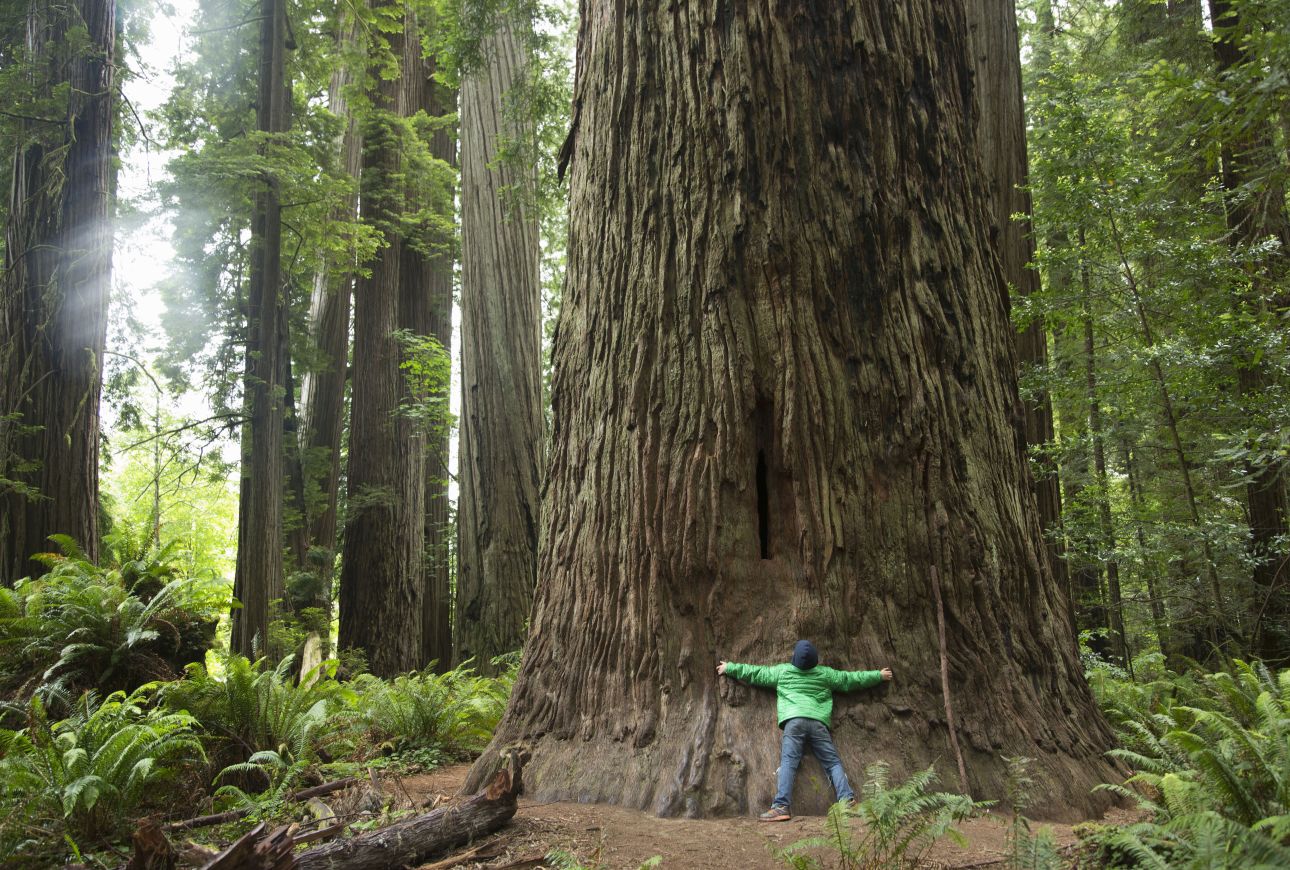
Photograph by Cultura RM / Julia Kuskin / Getty Images

Get ideas for ways to engage students in protecting our local, state, and national parks. From picking up litter to building enthusiasm, find out how your students can make a difference.
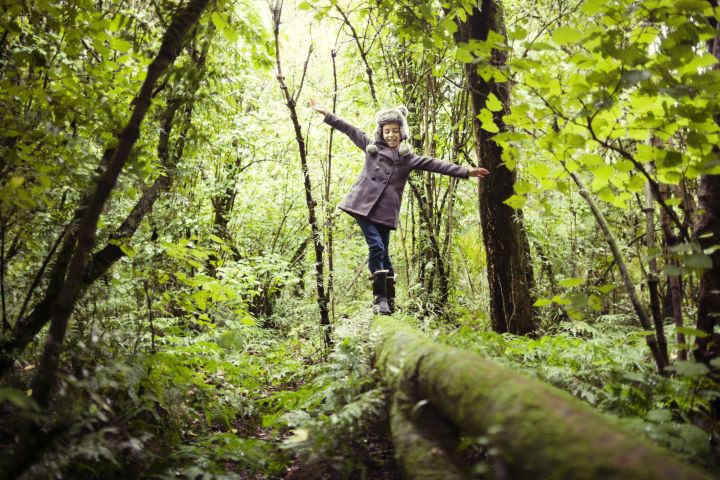
Love Your Park
The first step to encourage stewardship of our parks is to teach kids why our parks are important. Encourage kids to spend time outside in a natural setting. Go for hikes, go swimming, camp, and play games in local, state, and national parks. Encourage kids to ask questions and make observations about the natural world around us.
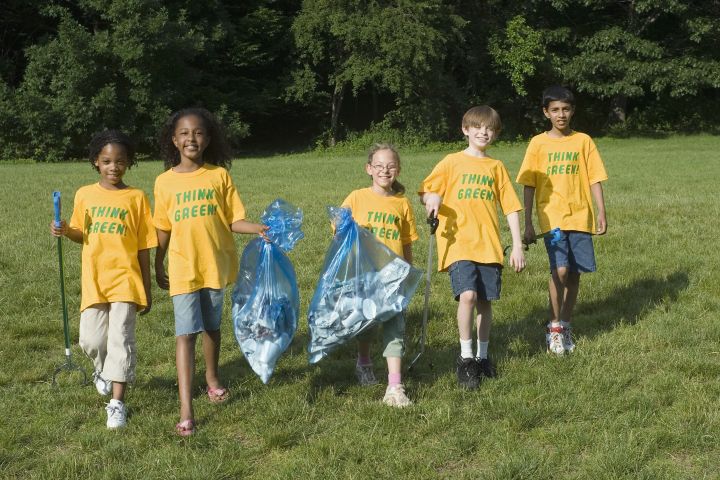
Litter Competition
Turn a day picking up litter into a fun event for families, schools, or other groups. Meet at a park, schoolyard, or other outdoor space, and divide participants into teams. Give each team large trash bags marked in a distinctive way, such as by color. Teams collect trash, and the team that fills the most bags wins. Be sure to get permission for the clean-up from the appropriate place. You can ask for donations to use as prizes, and award prizes for the most trash collected, the most unusual trash item found, and even the team showing the most “flair” while collecting litter. Find more tips for organizing a clean-up.
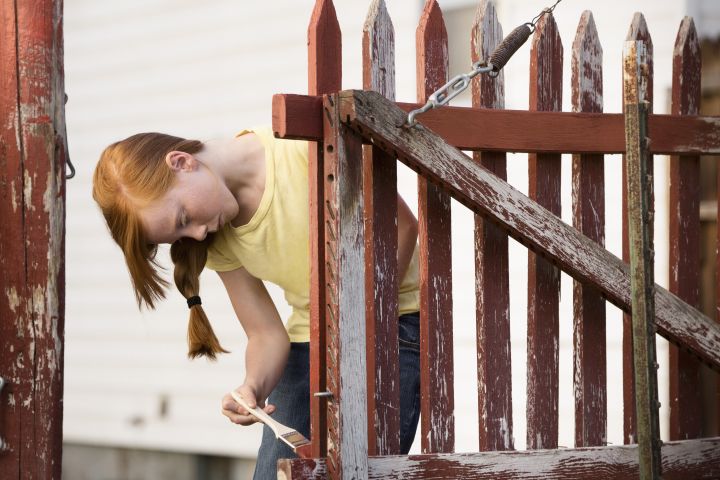
Adopt a Park
Contact park rangers or other park supervisors to adopt a nearby park. Once you have permission, bring kids to your adopted park on a regular schedule, such as once a month, to participate in keeping the park clean and well-maintained. Following the park supervisor’s direction, kids can pick up litter, remove invasive species, mulch, and paint.
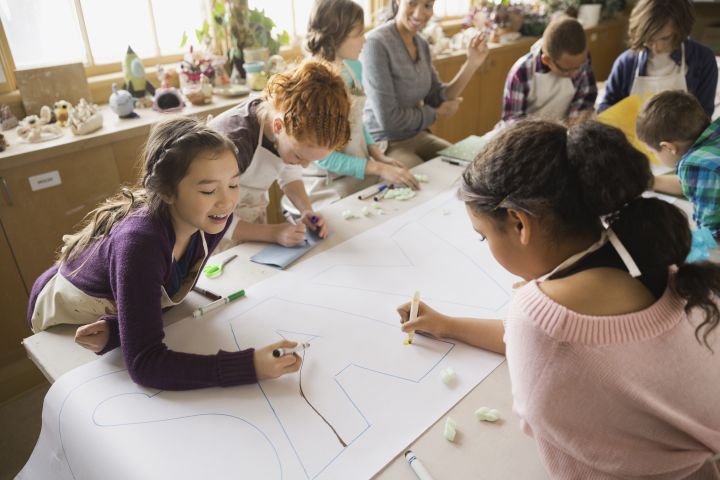
Create an Ad Campaign
Kids can encourage others to care about and protect a national, state, or local park by convincing them to visit the park. Have kids brainstorm ways they can promote their favorite park in their school or community. Some ideas to get you started include a poster campaign, intercom or radio announcements, a newspaper ad, a podcast about the park, speaking to community groups or other classes, or holding a special event in the park with a supervisor’s permission.
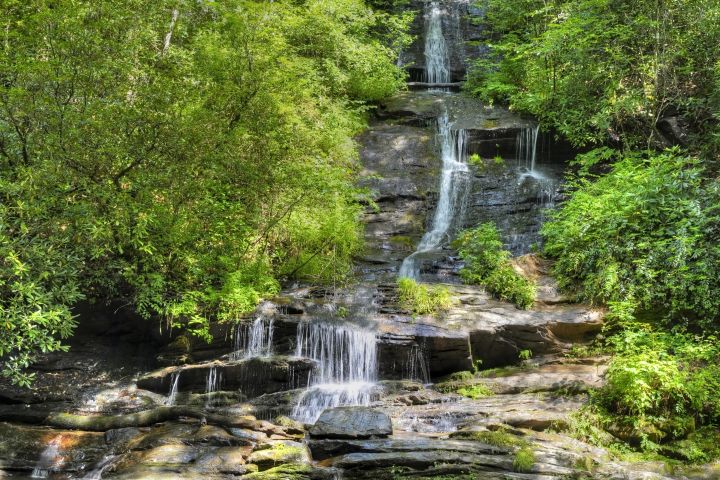
Host a Photo Contest
Kids can encourage others to see the beauty in a local, state, or national park by holding a park photo contest. The contest can be for photos from one park or from any park within a certain distance. Kids should find a place to display the photos, advertise the contest, and seek donations for prizes. Prizes can be given in several categories, such as by age, best close-up image, best landscape image, or best image of people in a park.
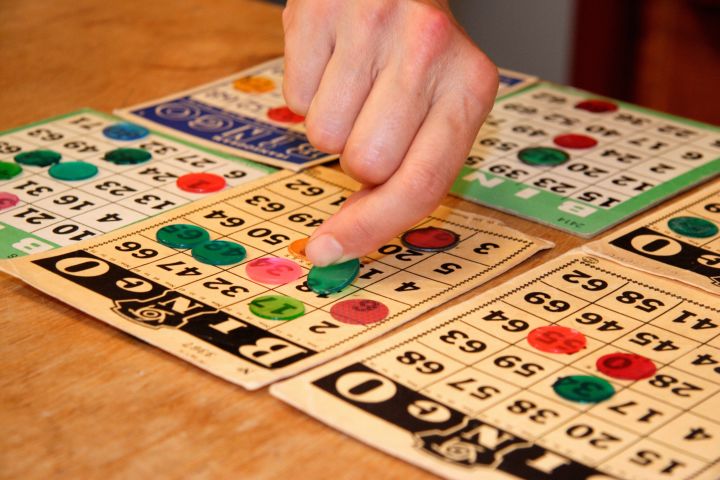
Hold a FUNdraiser
Kids can hold a FUNdraiser to raise money for a park conservation organization, such as the National Park Foundation . Have kids research organizations before committing to donating money. Some ideas for FUNdraisers include a park-themed bingo night, a raffle, a dance, a craft fair, a car wash, or a board game tournament.
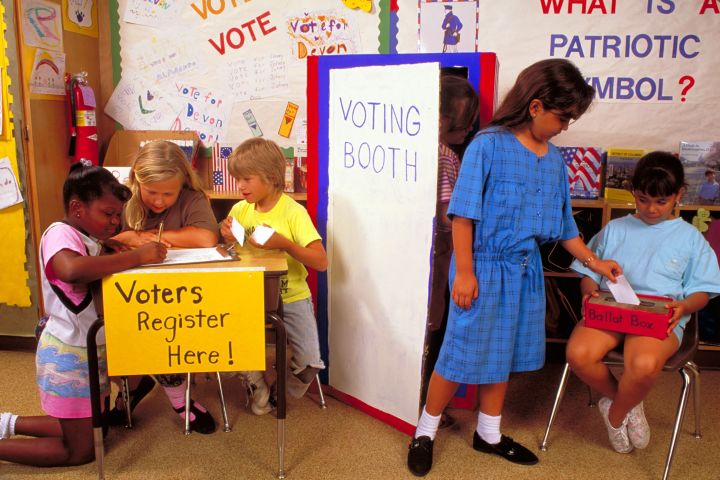
Get Political
Kids can get an early start on advocating for parks and conservation by researching conservation issues facing parks at a local, state, or national level. They can write a letter to an local leader asking them to help protect our parks. They should be sure to include specific actions they want their leaders to take to protect parks.
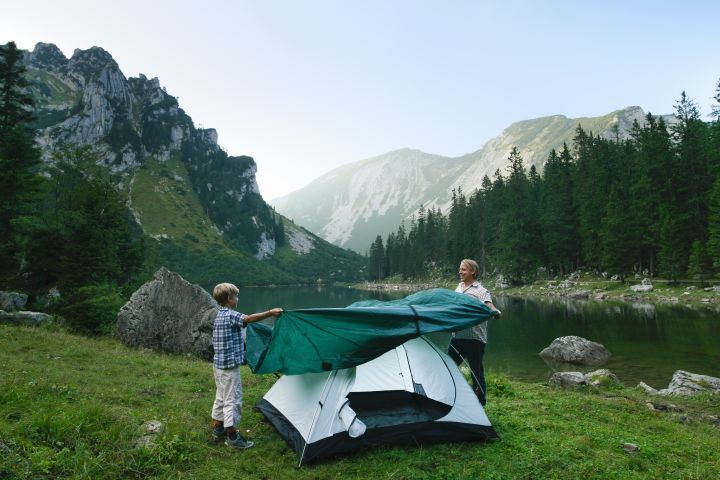
Leave No Trace
Leave No Trace is a set of ethics for interacting with the outdoors in a thoughtful, sustainable manner. Some of the basics include planning ahead to minimize waste, taking care not to disturb plants and animals, and hiking and camping in appropriate areas. Encourage kids to practice Leave No Trace to minimize their impact on natural spaces. For more about the Leave No Trace movement, go to https://lnt.org.
Media Credits
The audio, illustrations, photos, and videos are credited beneath the media asset, except for promotional images, which generally link to another page that contains the media credit. The Rights Holder for media is the person or group credited.
Writer
Editor
Copyeditor
Educator Reviewers
Expert Reviewers
Rights Holder
other
Last Updated
April 23, 2024
For information on user permissions, please read our Terms of Service. If you have questions about how to cite anything on our website in your project or classroom presentation, please contact your teacher. They will best know the preferred format. When you reach out to them, you will need the page title, URL, and the date you accessed the resource.
Media
If a media asset is downloadable, a download button appears in the corner of the media viewer. If no button appears, you cannot download or save the media.
Text
Text on this page is printable and can be used according to our Terms of Service.
Interactives
Any interactives on this page can only be played while you are visiting our website. You cannot download interactives.